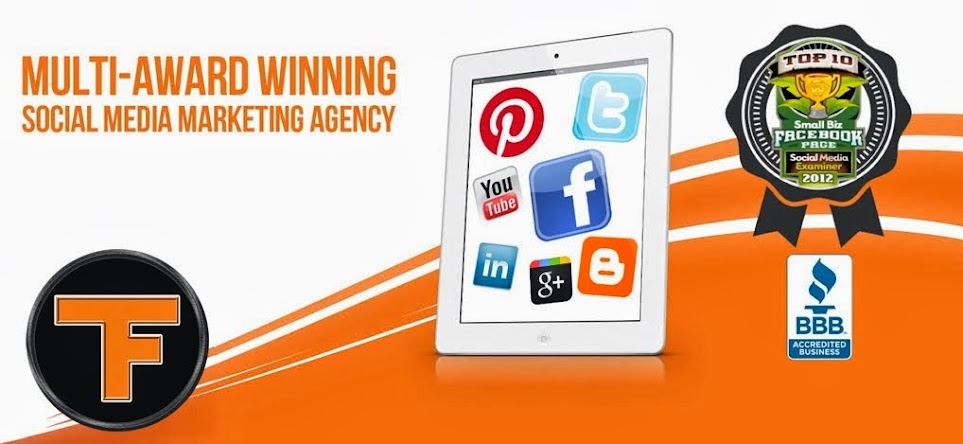
As social media marketing (SMM) becomes more mainstream and local businesses understand and embrace the power and value of this marketing, those local businesses can make a difference not only for their own bottom line, but in
shaping the local economy.
Think this is stretch?
I propose that to make a difference, we need to act in unison to create local virtual networks utilizing SMM. We cannot count on governmental policies, and we can't count on the economy to turn around of it's own accord. What we can count on is each other. The entrepreneurs and mainstream business owners of each town and region to work together in unity to find the clients and consumers each business needs locally. Our local Chamber of Commerce as well as yours is a fantastic resource, and in a way is a type of SMM. Join. Now. However, we also need to look to technology, which invariably connects all businesses in some way or another, twenty four hours a day.
We have the tools to do so in the various social media marketing platforms, and Facebook is the perfect example. While Tweeting, blogging, YouTube and other SMM will help increase brand awareness, Facebook is the most popular, and the most useful due to it's viral nature. Every day, another local business creates their Facebook presence, and is hungry to develop a following.
When you see a local business on Facebook, take a minute to try out some of the ways I have listed below to connect to them (remember to "LIKE" their page, first and foremost!), and as well help them connect to a new audience. Message the page owner and ask they do the same for you. SMM is ALL about communication and networking...use it! The combination of two business pages working together is powerful...now extrapolate this out to dozens of pages and so on. Locally, you CAN make a difference! Not such a stretch after all.
Make it your mission to adopt at least some of the following ideas, and utilize them often:
1. "Suggest to friends" (and the new "Share" button) is paramount for local businesses wishing to help each other out. It quickly spreads the word about a business page and can turn into leads and potential sales for the receiving business. Don't forget to ask the page owner to return the favor!
There are two ways to "suggest", but in either case, be sure to mention to the people you are suggesting to, that they need to visit and "like" the page once there:
The "Suggest to friends" link allows you to pick and choose who from your friends list is introduced to the business. Typically, you would just choose all of your friends, but the choice is yours. For example, a friend in Toledo, Ohio may not care about a local nail salon. Or they may?
The "Share" button is to quickly post the business page to your profile. This is more permanent as this post remains on your wall (and in the "home" feed) until you delete it.
Don't do both, as it can annoy your friends! One or the other is fine, and is a matter of preference.
These links are found somewhere below the business page logo on the left hand side of the business page (there are two versions of pages right now, one where this is directly under the logo, another version where it is far down under the "likes" and "favorite page" avatars.)
2. If you come across a business page who made a post which may be relevant to your industry, "share" it on your profile page. It will show the source of the link (business page where you found it) as well as the link itself, which is clickable to your friends. Sharing interesting links or posts via "share" is a great way to connect. Not to be confused with the "share" above for sharing a page, this "share" is found right under the post, and JUST shares that individual post, not a page. For example, on My Tech Pro's page, I noticed a link that was right up our alley, having to do with Facebook:

I "shared" the post to my profile. So what we end up with is a shared link, as well as the page who originally posted it. This is a great way to help promote the page where the link was found, as well as help you find content for YOUR page:

3. Post on other's business pages! If you do none of the above ideas so far, at least do this. Every page owner LOVES to have people interact with their page. It helps them create content, and shows others they are involved. If you come across a great news article, post the link on their page with a simple "What do you think of this?" Perhaps you have a photo that is interesting, or just want to ask a question.
The point is not only are you helping make their page interesting, everyone THEY have as fans will see YOUR post, and may want to connect. It is marketing yourself. I guarantee after you make a few posts, you will get friend requests from THEIR fans. Work it, baby! Post, post, post. The more you post places, the more YOU are seen too!!







